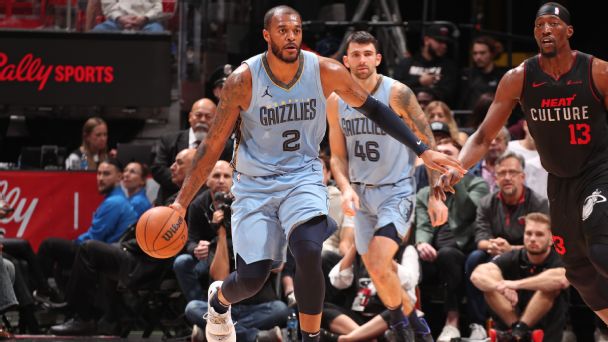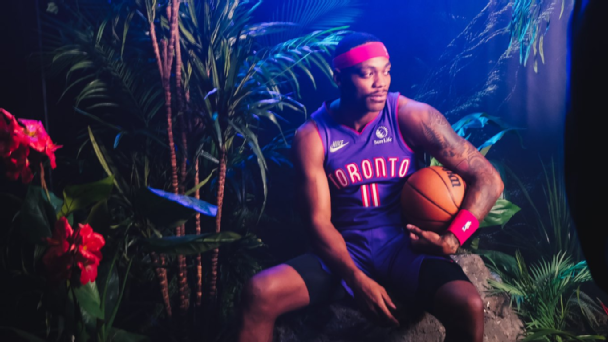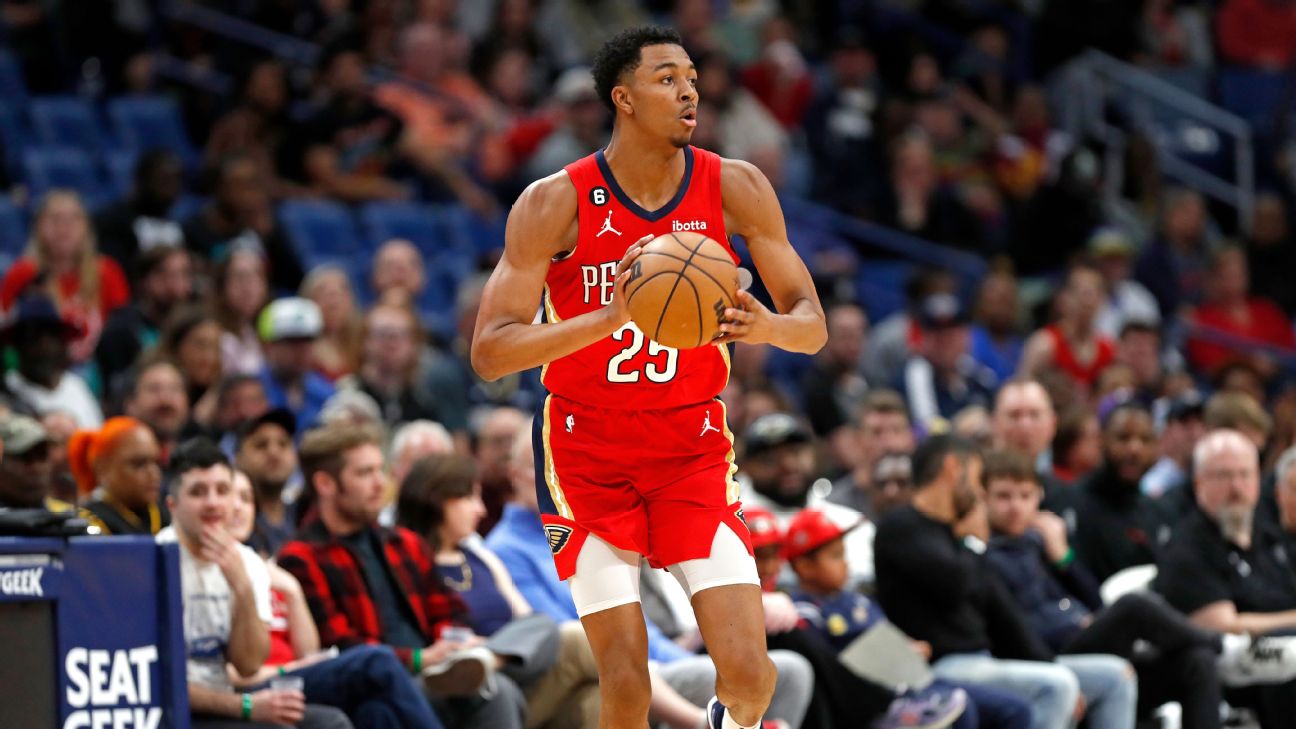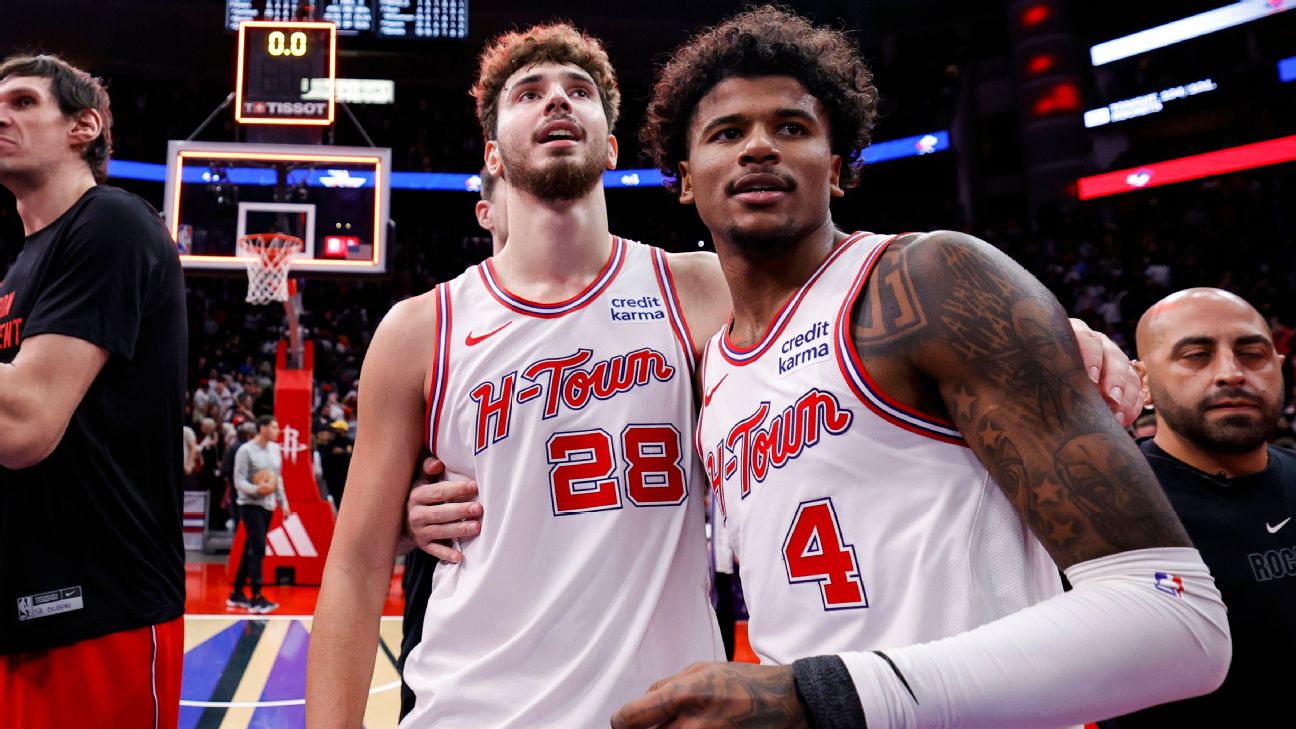The NBA trade deadline is on Thursday and things are heating up around the league.
With less than 24 hours to go until the 3 p.m. ET deadline, the Detroit Pistons have made deal with the Utah Jazz to acquire Simone Fontecchio and made a trade with the Minnesota Timberwolves, giving them Monte Morris in exchange for Shake Milton and Troy Brown. The Boston Celtics have also made some noise, trading away Lamar Stephens and two second-round picks to the Memphis Grizzlies for Xavier Tillman.
Earlier in the month, the Grizzlies sent center Steven Adams to the Houston Rockets in exchange for guard Victor Oladipo and three second-round draft picks.
The Miami Heat acquired veteran guard Terry Rozier from the Charlotte Hornets on Jan. 23 for six-time All-Star Kyle Lowry and a 2027 first-round pick as the race for the Eastern Conference playoffs heats up.
The Toronto Raptors have stayed busy, first by sending two-time All-Star Pascal Siakam to the Indiana Pacers in a three-team trade also involving the New Orleans Pelicans. The Raptors received forward Bruce Brown, guard Kira Lewis Jr., Jordan Nwora, two 2024 first-round picks and a 2026 first-round pick, while New Orleans got cash considerations from the Pacers. Indiana also received a future second-round pick in the deal.
That was the second notable trade involving Toronto. In December, they traded for RJ Barrett and Immanuel Quickley while sending OG Anunoby to the New York Knicks. Could the addition of an All-Defensive second-team wing in Anunoby impact the Knicks’ hopes of a deep playoff run this season? What might the Toronto homecoming of Barrett and the hot shooting of Quickley mean for the future of the Raptors?
We grade that trade — and all the trades! — below:

LATEST DEALS
Feb. 7
Timberwolves acquire Monte Morris from the Pistons for Shake Milton and Troy Brown
Minnesota Timberwolves get:
G Monte Morris
Detroit Pistons get:
G Shake Milton
F Troy Brown
2030 second-round pick
![]()
Minnesota Timberwolves grade: A
Entering play Wednesday, the Timberwolves are one of four teams atop the Western Conference standings. The Detroit Pistons: B
The most interesting aspect of this deal is how it signals the Pistons might handle the Feb. 8 trade deadline. Reports have indicated Detroit could be interested in adding talent rather than subtracting it in the name of avoiding the ignominy of finishing with the worst record in NBA history after losing a league-record 28 consecutive games earlier this season.
At 3-36 (.077), the Pistons are on pace to finish with six or seven wins, putting them in jeopardy of falling short of the 2011-12 Charlotte Bobcats, who went 7-59 (.106) in a season shortened by the NBA’s lockout — as well as the 9-73 (.110) 1972-73 LA Clippers get:
G Denver Nuggets, who have owned them since pulling off a comeback from a 3-1 deficit in the 2020 bubble conference semifinals. Counting those three wins, the defending champs are 12-2 in their past 14 games against the Clippers, and the past five wins have all come by double digits.
Notably, the 76ers used Tucker to defend Oklahoma City Thunder: A-
The value of adding a third team to this deal is more apparent now that we see its full structure. The Sixers don’t own their 2027 first-round pick outright to swap with the Clippers, as they’ll potentially either send it to the Thunder themselves (who else?) or as a top-8 protected pick to the Boston Celtics.
I’m not sure we’ve ever seen a team go all-in quite like this to retain a star. The Bucks no longer control any of their future first-round picks within the seven-year window teams have access to them, having now traded a third unprotected pick to go along with swap rights in the other four years. If Giannis walks in free agency, Milwaukee will be staring at a rebuild without the protective netting of the lottery. Trading Lillard a year or two down the road likely won’t yield nearly this kind of return.
For now, however, Lillard is the best player the Bucks could realistically have paired with Antetokounmpo. Giannis has never played with a pick-and-roll ball handler anything like Lillard, still arguably the league’s most dangerous player with the ball. Per Second Spectrum tracking, Lillard pick-and-rolls yielded 1.16 points per play last season when either he or the player he passed to shot, was fouled or turned the ball over, second only to Luka Doncic among players who ran at least 500 pick-and-rolls.
That performance came with a below-average group of big men screening for Lillard. According to Second Spectrum data, backup center San Antonio Spurs in the summer of 2015. Now Lillard joins Giannis and Scoot Henderson and Shaedon Sharpe. They’ve also locked in Lillard’s trade value without having to risk the possibility of an injury or age-related decline making it more difficult to deal him than it is coming off an All-NBA season.
The key caveat, of course, is that Portland has swapped one 33-year-old All-Star point guard for another. Holiday isn’t the kind of young talent a star trade would typically return, and without any ties to the Blazers or the kind of drawing power as Lillard, it seems inevitable Holiday will be traded again soon. Just how much Portland gets in return will determine how this deal compares to the possibility of sending Lillard to his desired destination, the Miami Heat.
From this trade alone, the Blazers aren’t returning nearly as much volume in terms of draft picks as Miami could have offered. Portland got a single first-round pick outright, though it’s a potentially great one. Even if Giannis extends his contract, he’ll be 34 by 2029. Lillard will be 38. The odds Milwaukee is still a contender by that point are remote, and there’s a reasonable chance of the Bucks bottoming out without either star (or, as noted, their own picks in between now and then).
The young talent the Blazers did add comes with baggage. The Suns’ willingness to part with Ayton, 25, without getting any above-average starters or any draft picks showcases just how eager Phoenix was to move on from the 2018 No. 1 pick. Ayton gets a fresh start in Portland at a position where the Blazers had no promising player on the timeline of the rest of their young core.
If Portland can get the kind of performance we saw from Ayton in the 2021 playoffs, when he averaged 15.8 points per game and 11.8 rebounds per game while helping the Suns to the NBA Finals, getting his contract at this low cost is a bargain. Admittedly, I’m skeptical that such a transformation is coming, but in the worst-case scenario, Ayton’s current deal expires in time for the Blazers to have massive salary-cap space in the summer of 2026, when Henderson will be entering the final year of his rookie contract.
Camara, the No. 52 overall pick in this year’s draft out of Dayton, is by far the lowest-profile part of this deal, but Portland likely also values him. Camara played well for Phoenix at summer league in Las Vegas, averaging 16.3 PPG and 7.0 RPG in four games. Camara has a better chance of playing time with the Blazers than if he had stayed with the Suns.
Above and beyond the potential to reroute Holiday, Portland still feels like a team in transition. The Blazers re-signed Jerami Grant to a five-year, $160 million deal this summer, and the 29-year-old forward feels out of place on a team that’s rebuilding. Adding Ayton makes it unlikely Portland will bottom out, but this trade now puts a timeline on the Blazers contending. Ideally, they want to be contenders again by 2028, maximizing the potential value of pick swaps then and in 2030, when Henderson (24 in 2028) and Sharpe (25) will be hitting their prime years.
As a result, more change is sure to come in Portland. The Blazers can continue the process with clarity now that they’ve secured value in a Lillard trade that seems to have left all sides satisfied.



